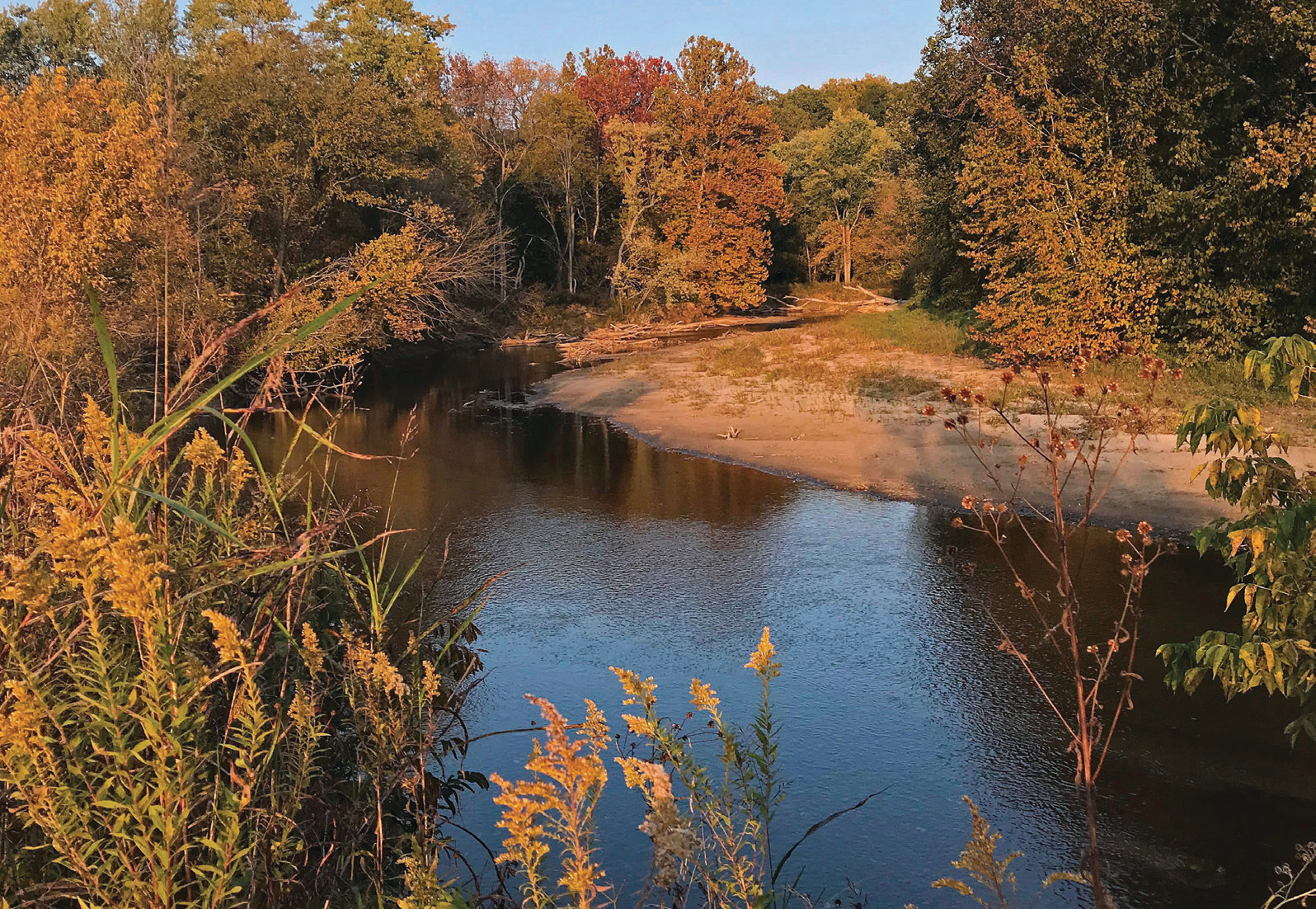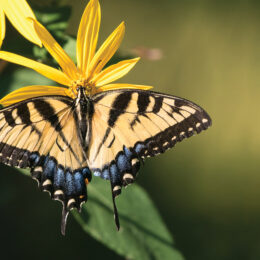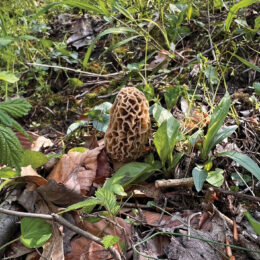
By Mike Lunsford
My wife and I are country people, and for four or five months of the year, we watch as a lush green curtain is gradually pulled around us. It is a welcomed thing after we have outlasted the brown and muddy months of winter. Still, with deep woodlands behind us to the east and endless fields stretching toward the western horizon, we eventually look out every window in our house into a sea of green. In the hottest summer months, we feel nearly smothered by our own trees.
That is until late August and early September. By then, we begin to notice a thinning, a sense that the green is giving way to a new palette. First, in the skinny and reddened fingers of creepers and ivies that have spent all summer conquering fence posts and power poles alike, and then in the haggard yellowing leaves of the soybeans that often go to bronze in a matter of a few days. The opportunistic roadside sumacs seem to follow soon after.
By late in the ninth month, there are hints that we have reached a point of no return, that in a fevered rush, those once vigorous trees, juicy corn stalks, and ravenous and spreading roadside weeds have entered into a race of sorts as they pull off a quick change and then drop into a ground carpet of rich decay. Their mingled scents, the bluer, clearer skies of October, and the almost-welcomed bite of first frosts and early sunsets and brown rattle usher in, then out, the colors of fall.
The two of us make the time in mid-October to take a special walk, one that has become a tradition. Together, we tramp along a rocky, shallow branch that gurgles out of the hills of her parents’ small farm, and from there, we climb to the top of a beautiful wooded ridge, always under the shade of poplars and beeches, each year noting that it takes just a bit longer for us to reach the top. It is a favorite day, for if we choose it well, the colors of fall are peaking, and there is no better place to see them than in the woods where she spent a childhood, one that she would return to in a minute if she had the chance.
I once asked a quantitative forest ecologist why trees changed colors and why some years were better suited for it than others. He told me that foliage changes color in a “complex bioclimatic-physiological system,” and he mentioned temperature anomalies and precipitation amounts and the trees’ production of certain chemicals, such as “anthocyanin and carotenoids.” Partially because I once took a course in botany and am interested in such things, I even understood much of what he said.
But if you are ever to ask me, as our young grandsons have as we’ve hiked along the creek’s banks or climbed those same steep hillsides under a glittering shower of maple orange and black cherry gold, I would say it is magic, that the leaves tire of their greenness and drop for reasons we are too small to fully understand. We should just breathe deeply, take it all in, and enjoy it together while we can.
Mike Lunsford is a freelance columnist, feature writer, and photographer, primarily for the Terre Haute Tribune-Star and Terre Haute Living magazine. The author of seven books lives in Parke County with his wife, Joanie. Contact Lunsford at hickory913@gmail.com.



